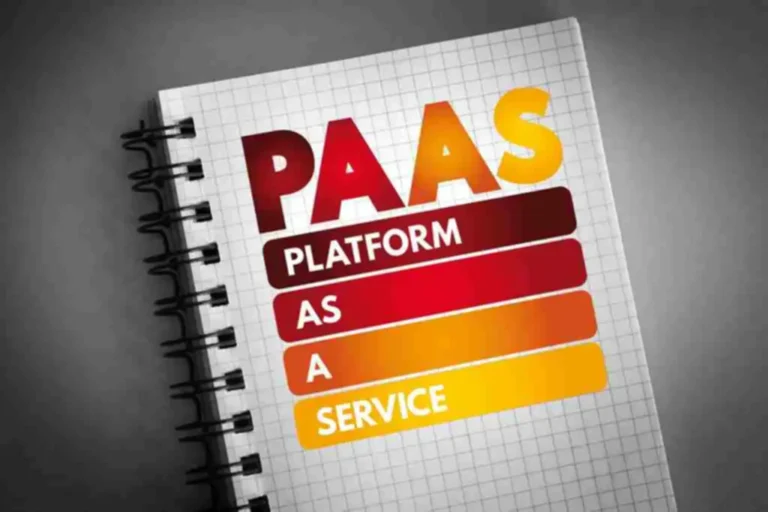Every time a developer pushes a change to the supply code repository, it performs a build. Jenkins, the renowned open-source automation tool, performs a crucial role in remodeling software development and supply processes throughout numerous industries. Let’s discover some of the key use circumstances of Jenkins and the method it empowers organizations to attain continuous integration, automated testing, and efficient deployment. With Jenkins, organizations can speed up the software program improvement process by automating it. Jenkins manages and controls software program delivery processes all through the complete lifecycle, together with construct, doc, check, bundle, stage, deployment, static code evaluation and rather more what is jenkins software. Because the tool is open-source and extensible, it has empowered the Jenkins group to develop a strong ecosystem of plugins.
Configuration Added To All Jobs
Jenkins mechanically generates a brand new project when a new department is pushed to a source code repository. Other plugins can specify different branches, such as a Git branch, a Subversion department, a GitHub Pull Request, and so on. A pipeline is a set of steps the Jenkins server will execute to finish the CI/CD process’s necessary duties. In the context of Jenkins, a pipeline refers to a set of jobs (or events) connected in a specific order. It is a collection of plugins that enable the creation and integration of Continuous Delivery pipelines in Jenkins.
Researchers Determine Significant Vulnerabilities And Malicious Activities Inside Github
Jenkins is often executed as a Java servlet inside a Jetty utility server, and different Java utility servers, similar to Apache Tomcat, can be used to run it. Jenkins dramatically improves the efficiency of the event process. For example, a command prompt code could additionally be converted into a GUI button click using Jenkins. One might accomplish this by encapsulating the script in a Jenkins task.
⚠ Anti-pattern: Scripting Your Own Deployments With Jenkins
Numerous plugins can be found for specific duties related to version management, supply code administration, construct, testing frameworks, deployment targets, reporting, and extra. This modular strategy also permits organizations to create versatile and extremely custom-made pipelines. Jenkins is a Java-based open-source automation platform with plugins designed for steady integration. It is used to repeatedly create and test software program initiatives, making it simpler for developers and DevOps engineers to combine changes to the project and for consumers to get a brand new construct. It additionally enables you to launch your software repeatedly by interacting with numerous testing and deployment strategies.
Commonly Used Jenkins Plugins That We Help

Jenkins is primarily a device for steady integration (CI) however may additionally be used for steady supply (CD). A versatile platform that is suitable for various software program engineering tasks, it’s primarily used to handle CI/CD pipelines to make sure changes are validated and deployed efficiently. Testkube is a Kubernetes-native testing framework designed to execute and orchestrate your testing workflows inside your Kubernetes clusters. Jenkins has a vibrant growth neighborhood that meets both in-person and online regularly.

The end result has been higher high quality functions and sooner supply — shorter software program merchandise’ time-to-market. A Jenkins Secondary refers to a Java executable operating on a distant server. The Jenkins Secondary server is designed to be compatible with most operating techniques and follows all of the requests from the Jenkins Primary. It executes all the build jobs it receives from the Jenkins Primary server.
It makes the Jenkins server perceive the sequence of steps to be carried out in every stage. This file supplies a way to outline pipelines in a version-controlled and reproducible method, allowing groups to manage their delivery course of alongside their software code. Before Jenkins turned commonplace in software improvement circles, development teams used nightly builds in their software program supply processes. Team members would commit the code they had been engaged on all through the day to the supply code repository, and run them overnight to identify errors.
If a developer is working on several environments, they will need to install or improve an merchandise on each of them. If the installation or replace requires more than 100 steps to complete, will most likely be error-prone to do it manually. Instead, you can write down all the steps needed to complete the activity in Jenkins. It will take less time, and you’ll complete the set up or replace without issue. Jenkins is an open-source CI/CD server that helps automate software program improvement and DevOps processes. In the commit stage, developers use Git, Subversion, Mercurial, and different version control software.
Jenkins facilitates the creation of a well-defined CI/CD pipeline, ensuring order and efficiency all through the software development process. With Jenkins, you presumably can seamlessly integrate version management tools like GitHub, GitLab, and so on, making your codebase organized and accessible. Before a change to the software can be launched, it must go through a sequence of complicated processes. The Jenkins pipeline enables the interconnection of many occasions and duties in a sequence to drive steady integration. It has a collection of plugins that make integrating and implementing steady integration and supply pipelines a breeze. A Jenkins pipeline’s primary characteristic is that every assignment or job depends on another task or job.
- Software corporations might pace up their software program growth course of by adopting Jenkins, which can automate check and build at a excessive tempo.
- You probably have already got Jenkins running to automate the build means of your purposes.
- Add to your Jenkins installation to enable Deployment Automation publish build steps.
- If the test fails, GitHub will stop the PR from being merged and would require an admin to approve and merge it.
- Regardless of what tool you utilize, CI is a fairly standardized process.
- This script will generate a Pipeline job referred to as “test-pipeline” and it configures the job to use a Jenkinsfile stored in a git repository with credentials.
In our instance we are just printing a easy message to the console for every stage. Jenkins is built so that it is extensible over any environment and platform for sooner growth, testing, and deployment. It is more adaptable thanks to its sizeable plug-in library, which allows for creating, deploying, and automating across various platforms. Fortunately, Java is a widely known corporate programming language with a big ecosystem. This supplies Jenkins with a secure foundation upon which it might be built by utilizing basic design patterns and tools. Further, it helps handbook testing where essential without switching environments.
When you set off a build, Jenkins will pull the newest code from the supply code repository and begin the build course of. The construct process will execute the build instructions within the job definition. If the build is profitable, Jenkins will execute the check instructions. If the exams are successful, Jenkins will deploy the software program to a production surroundings. Jenkins Pipeline contains a number of plugins that support the implementation and integration of CI pipelines in Jenkins. This tool suite is extensible and can be utilized to model continuous delivery pipelines as codes, regardless of their complexity.
We just add new TESTMO_URL and TESTMO_TOKEN credentials (as textual content types) and enter our URL and API key. We can then reference these credentials and set them as setting variables in our pipeline config (see above). Why not just write these values on to the Jenkinsfile config? You should never commit such secrets to your Git repository, as everybody with (read) access to the repository would then know your access particulars. Instead, you’ll use the secret/variable administration function of your CI software for this.

This article will discover Jenkins, its options, and how it can facilitate test automation. This pipeline will first build the project utilizing Maven, then test the project, and at last deploy the project. Jenkins X is beneficial no matter your familiarity with Kubernetes, offering a CI/CD course of to facilitate cloud migration. It helps bootstrapping onto your chosen cloud, which is essential for a hybrid setup. Jenkins can be distributed as a set of WAR recordsdata, installers, Docker images, and native packages. Jenkins can be utilized to schedule and monitor the working of a shell script via consumer interface as an alternative of command immediate.
You might have more than one Jenkins server to test code in numerous environments. If that is the case, you need to use the distributed Jenkins architecture to implement continuous integration and testing. The Jenkins server can access the Controller setting, which distributes the workload throughout completely different Jenkins Agents.
Transform Your Business With AI Software Development Solutions https://www.globalcloudteam.com/